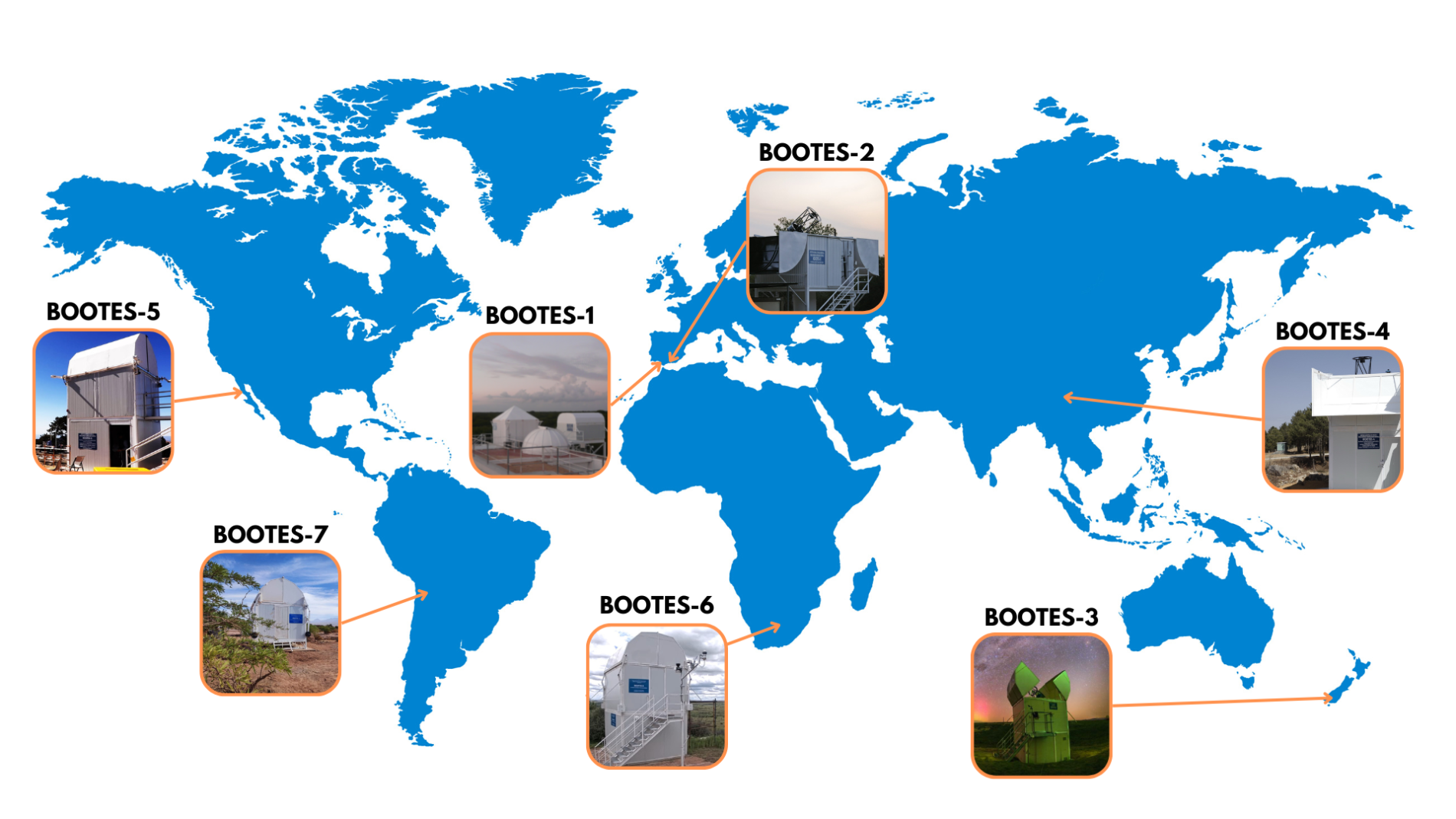The IAA-CSIC and the UMA sign a contract with the European Space Agency to improve Spanish space surveillance
The contract is part of the National Space Surveillance and Tracking Programme (S3T) and the European Space Situational Awareness Programme (SSA) of the European Space Agency (ESA)
The project aims to design a cooperative system to optimise astronomical observation for space surveillance and monitoring
Spain, anticipating the need for a European system for the surveillance and tracking of objects in space, instigated the creation of the Space Situational Awareness (SSA) programme of the European Space Agency (ESA) in 2009. This was the first ESA programme led by Spain, setting a milestone in national involvement in the European space field.
As a follow-up to this initiative, the national S3T (Spanish Space Surveillance and Tracking) programme was launched, with the aim of strengthening the capabilities of the Spanish industry in the supply of key services: collision avoidance between satellites, atmospheric re-entry forecasting and orbital fragmentation analysis.

Illustration of space debris. Credit: Getty Images/janiecbros
In this context, the Instituto de Astrofísica de Andalucía (IAA-CSIC) and the Department of Systems Engineering and Automation of the University of Málaga (UMA) have recently signed a contract with the European Space Agency (ESA) for the development of new capabilities within the S3T programme.
The aim of the project is to implement an advanced control and analysis system to optimise the cooperative management of telescopes in support of the Spanish Space Surveillance and Tracking system. The proposal seeks to integrate and extend current astronomical data acquisition and analysis capabilities, which will improve both operational efficiency and the quality of the data obtained.
During the test phase, the robotic observatory network BOOTES, the first astronomical network operating on five continents, will be used, enabling continuous (24/7) observations in both hemispheres. Due to its fast responsiveness and geographical distribution, BOOTES is particularly suitable for follow-up observations, as it allows the sky to be mapped from multiple time angles simultaneously.

Map of the seven stations of the BOOTES Global Network. Credits: Celia Navas (IAA-CSIC)
In addition, the project will involve the participation of a PhD student, who will carry out his research in collaboration between the Instituto de Astrofísica de Andalucía (IAA-CSIC) and the University of Málaga (UMA).
COLLABORATION BETWEEN THE IAA-CSIC AND UMA
This contract has been possible thanks to the collaboration between the Robotic and High Energy Astrophysics Group of the IAA-CSIC, led by the scientific professor Alberto Castro Tirado, and the Space Robotics Laboratory of the UMA, whose head is professor Carlos Pérez del Pulgar.

Project participants at the School of Industrial Engineering of the UMA. From left to right: Carlos Pérez del Pulgar (UMA), Alberto J. Castro-Tirado and Ignacio Pérez-García (both IAA-CSIC). Credit: CSIC Associated Unit by the IAA at the UMA
Both institutions have been actively collaborating for more than a decade, in which they have jointly developed several projects focused on the robotisation of astronomical observatories to provide them with greater operational autonomy. Their research has mainly focused on the study of transient astronomical phenomena, such as gamma-ray bursts and optical counterparts of gravitational waves, as well as the automatic planning of observations, the coordination of optical telescope networks and the automated detection of astronomical objects and events.
- Programa Nacional de Vigilancia y Seguimiento Espacial (S3T)
- https://www.aee.gob.es/Actividades/Nacionales/S3T.html
- Space Situational Awareness (SSA)
- https://www.euspa.europa.eu/eu-space-programme/ssa
- Alberto Castro-Tirado - ajct@iaa.es
- Instituto de Astrofísica de Andalucía (IAA-CSIC)
- Unidad de Divulgación y Comunicación
- Amanda López – alm@iaa.es
- Emilio García – garcia@iaa.es - 649 407 445 (vía whatssap)
- Celia Navas - navas@iaa.es
- https://www.iaa.csic.es
- https://divulgacion.iaa.csic.es

